Easy Lefse
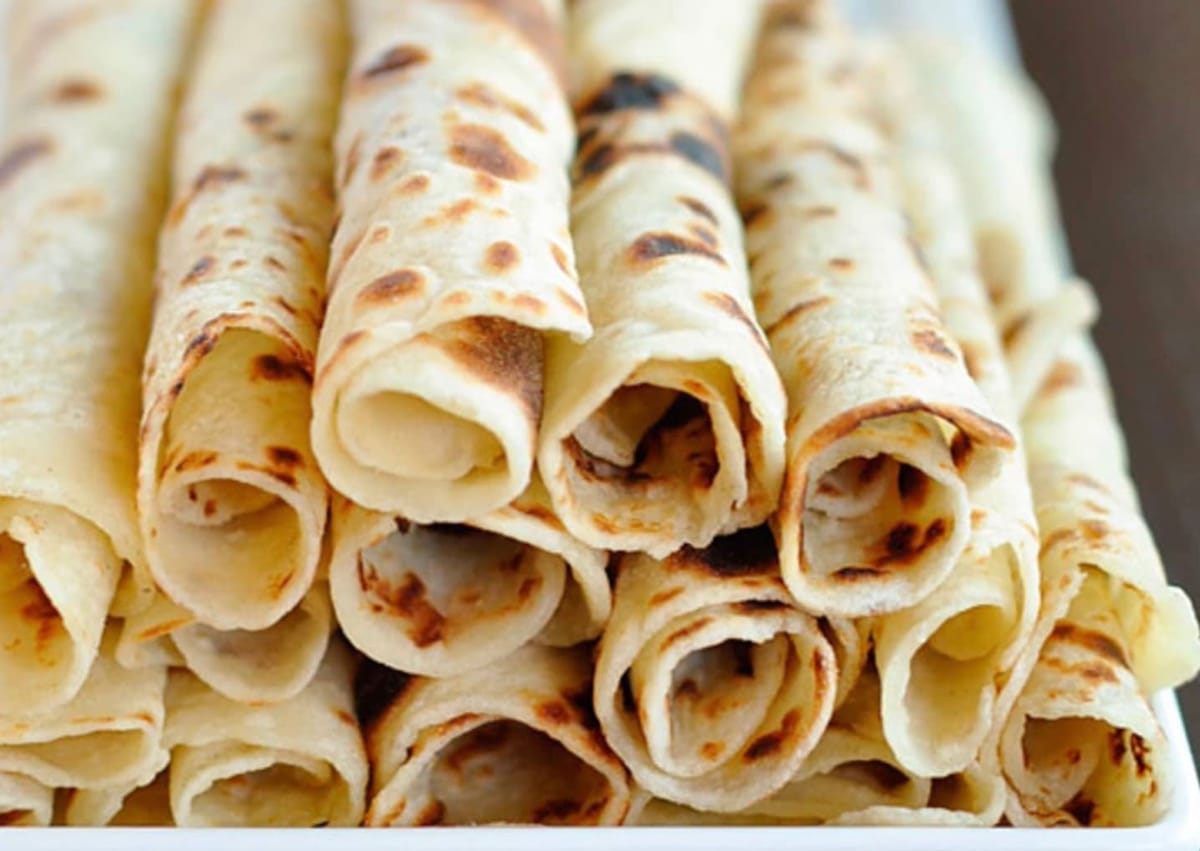
Get ready to experience a taste of Scandinavian heaven with homemade lefse!
This traditional Norwegian potato flatbread is deceptively simple but absolutely magical when fresh off the griddle.
Tender, slightly sweet, and perfect for rolling around your favorite fillings, lefse is the comfort food you didn’t know you were missing.
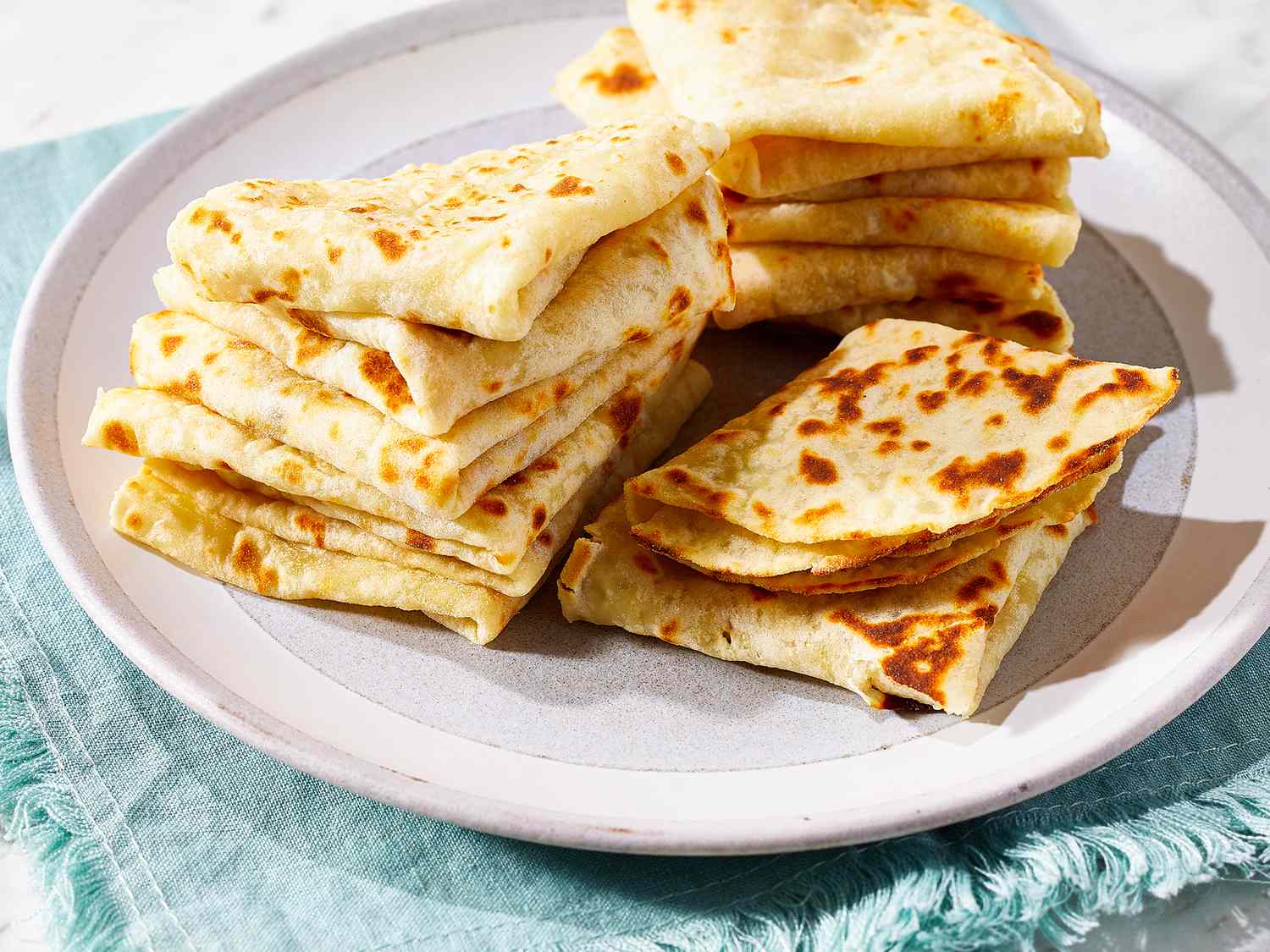
Lefse might look humble, but these delicate potato flatbreads have been bringing families together for generations.
The subtle buttery flavor, paper-thin texture, and those beautiful brown spots that appear during cooking create something truly special.
Whether you’re reconnecting with your Nordic heritage or trying something deliciously different, this recipe delivers authentic flavor without complicated techniques.
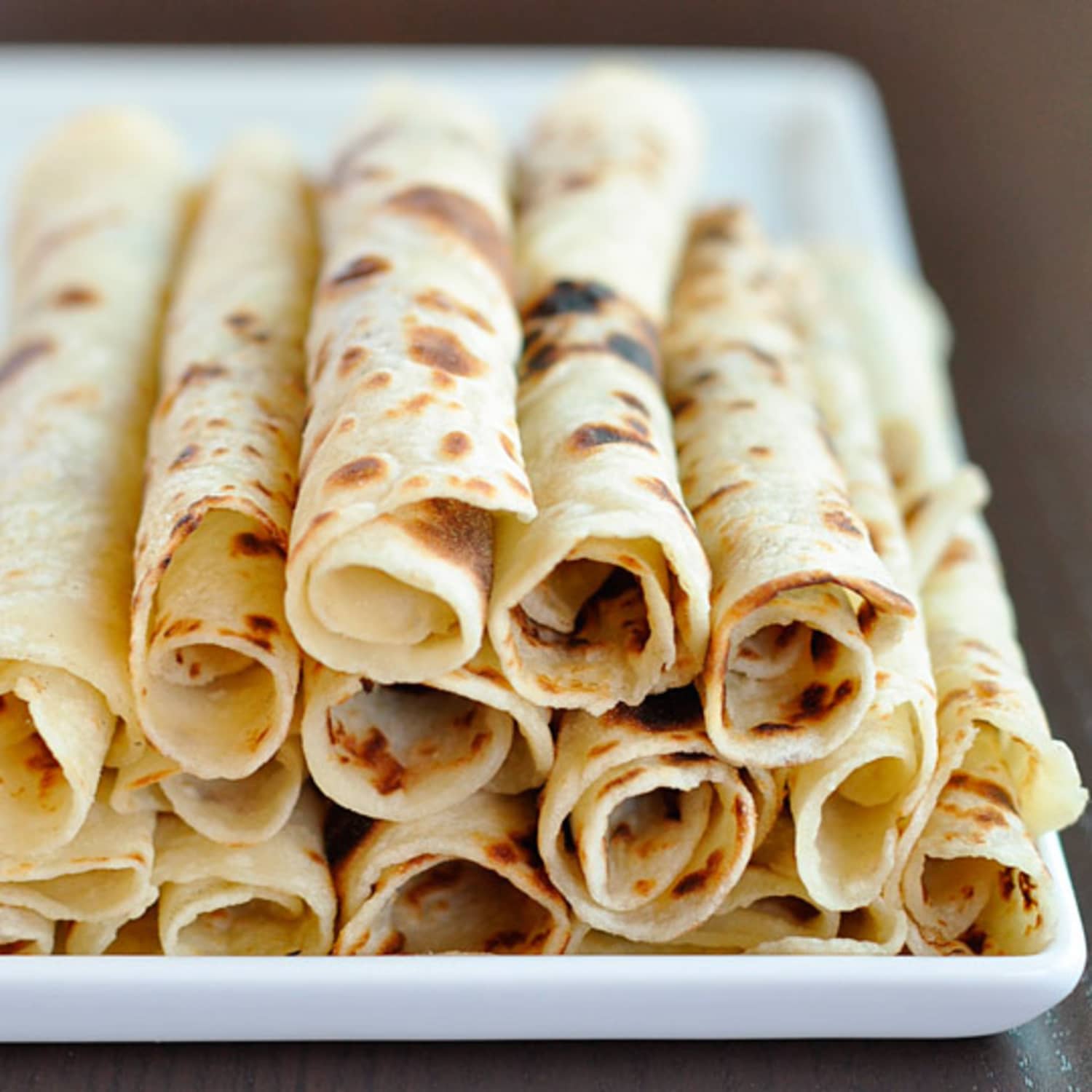
Ingredients
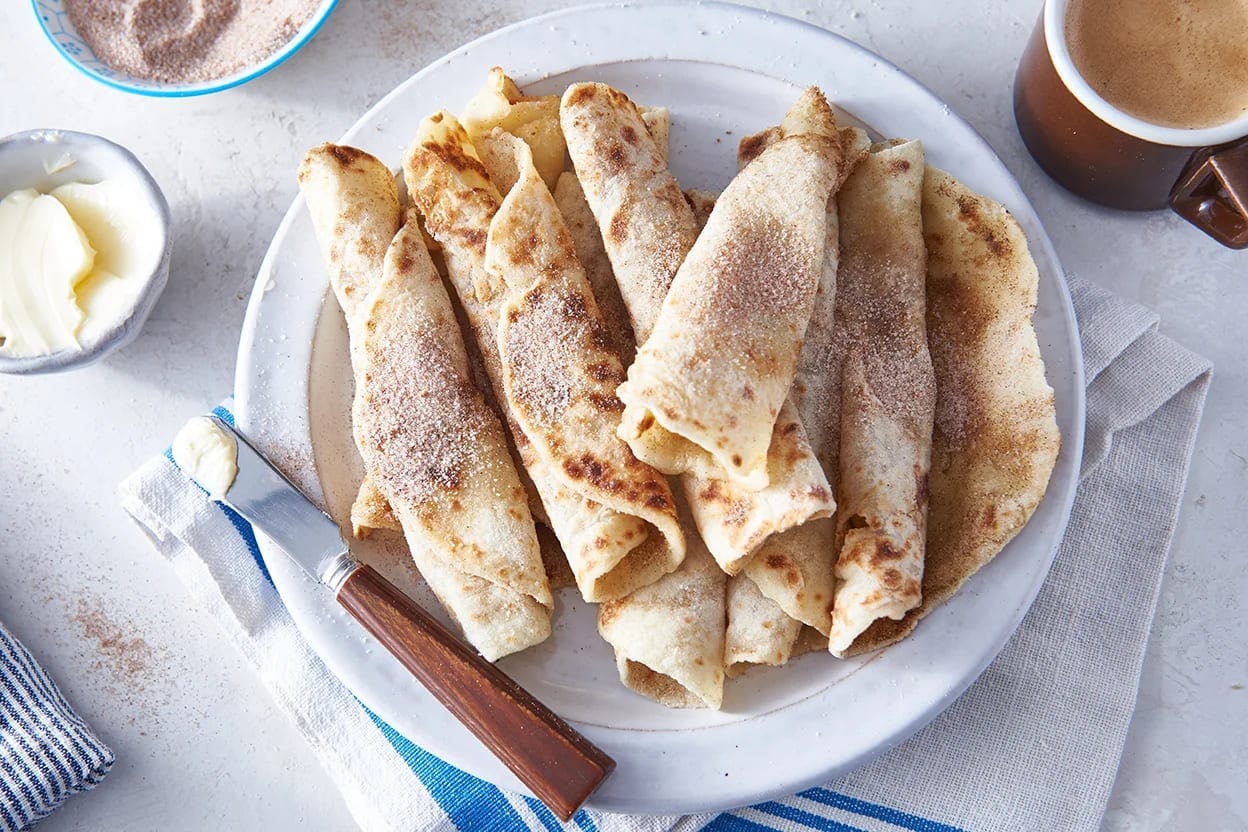
- 10 pounds potatoes, peeled
- ½ cup butter
- ⅓ cup heavy cream
- 1 tablespoon salt
- 1 tablespoon white sugar
- 2½ cups all-purpose flour
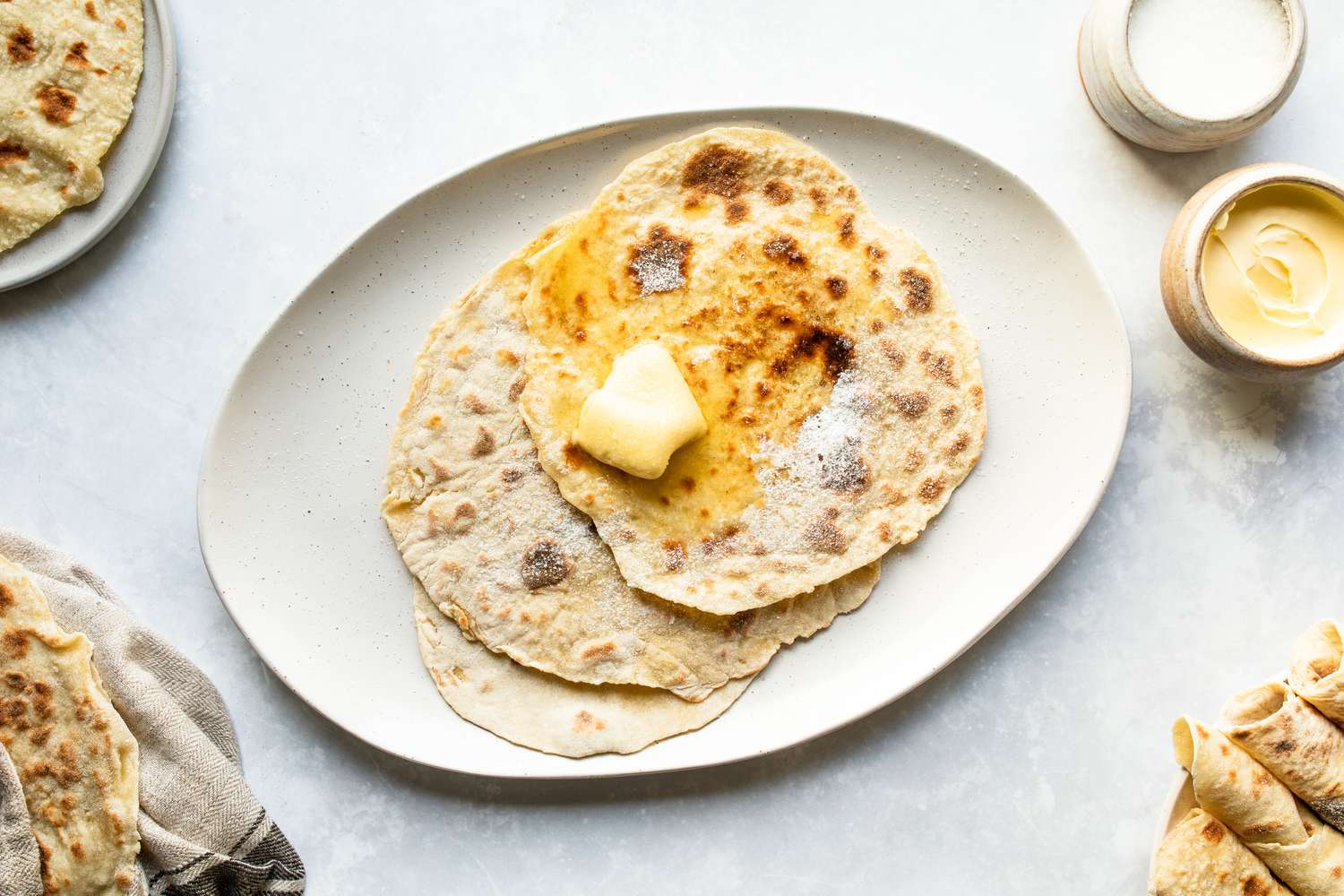
Steps
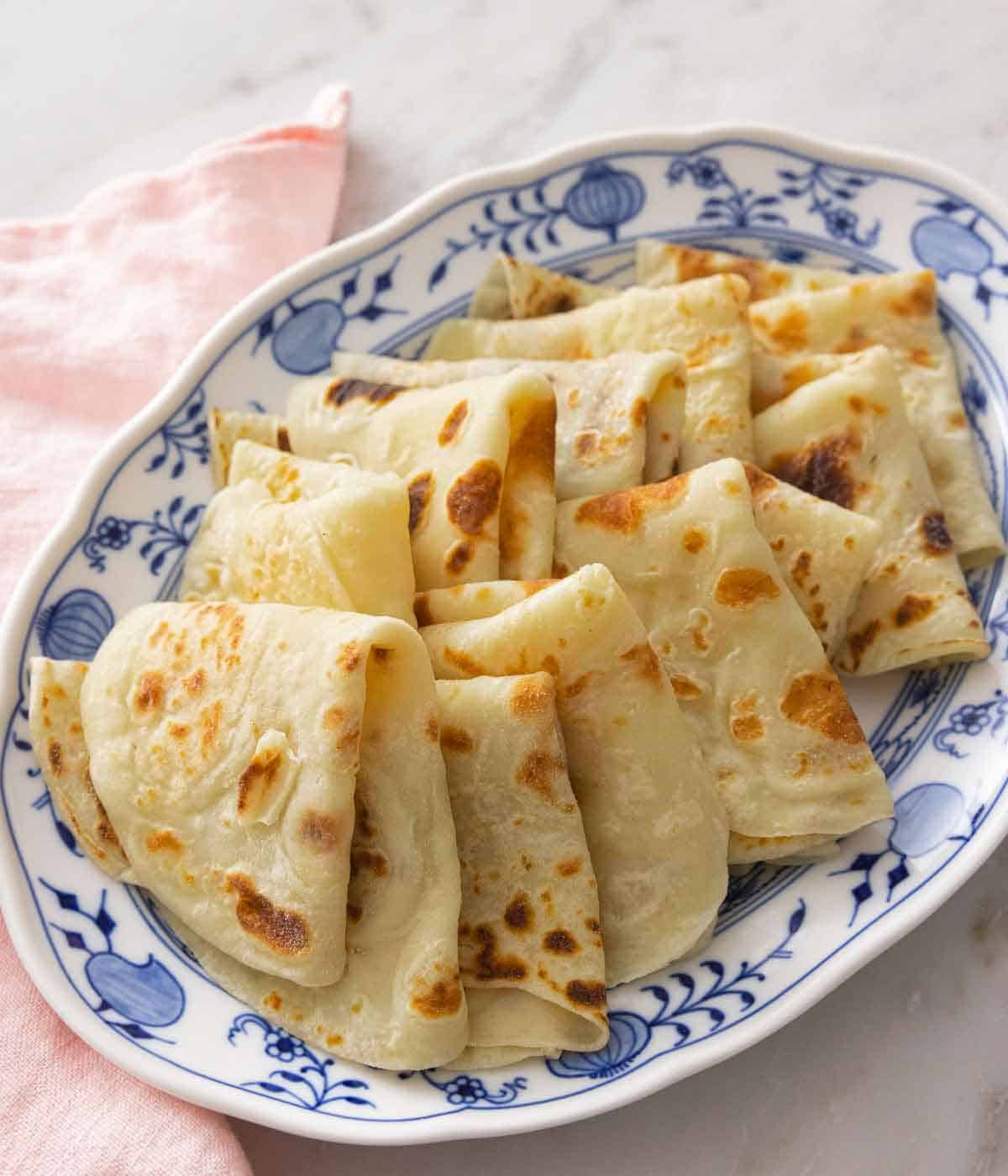
- Gather all ingredients and prepare your workspace. Having everything ready before you begin makes the process much smoother.
- Place 10 pounds of peeled potatoes in a large pot and cover completely with cold water. Bring to a boil over high heat. Once boiling, reduce heat to medium-low and simmer until potatoes are fork-tender, about 20-25 minutes. Test by inserting a fork – it should slide in easily with no resistance. Drain thoroughly in a colander.
- While potatoes are still hot, run them through a potato ricer into a large bowl. If you don’t have a ricer, a food mill or even a potato masher will work, but a ricer gives the smoothest texture with no lumps, which is crucial for perfect lefse.
- Beat ½ cup butter, ⅓ cup heavy cream, 1 tablespoon salt, and 1 tablespoon sugar into the riced potatoes until completely incorporated. The mixture should be smooth and uniform. Let cool completely to room temperature, about 1 hour. This cooling step is essential – working with warm dough will make it sticky and difficult to handle.
- Once cooled, gradually stir in 2½ cups flour to form a soft, pliable dough. The dough should be slightly tacky but not sticky. If it’s too sticky, add flour a tablespoon at a time, but be careful not to add too much or your lefse will be tough.
- Pull off pieces of dough and form into walnut-sized balls, about 1½ inches in diameter. You should get approximately 60 balls from this recipe. Keep the balls covered with a damp cloth while working to prevent them from drying out.
- Lightly flour a clean cloth placed over your work surface. Using a grooved lefse rolling pin (or a regular rolling pin), roll each dough ball out to an extremely thin circle, approximately 1/8-inch thick and about 8-10 inches in diameter. The thinner you can roll them, the more authentic your lefse will be. Turn the dough frequently while rolling to ensure even thickness.
- Heat a large, dry griddle or skillet over high heat (400-450°F/205-230°C). The griddle must be very hot for proper cooking and characteristic brown spots.
- Carefully transfer the rolled dough to the hot griddle using a lefse stick or thin spatula. Cook until brown blisters form on the surface, about 45-60 seconds per side. The lefse should have beautiful brown spots but not be crispy – it should remain soft and pliable.
- Transfer cooked lefse to a damp towel and cover lightly. Stack them on top of each other as they’re cooked, with the damp towel preventing them from drying out. Continue with remaining dough balls.
- Let lefse cool slightly before serving. Traditional serving methods include spreading with butter and sprinkling with cinnamon-sugar, or rolling around savory fillings like smoked salmon.
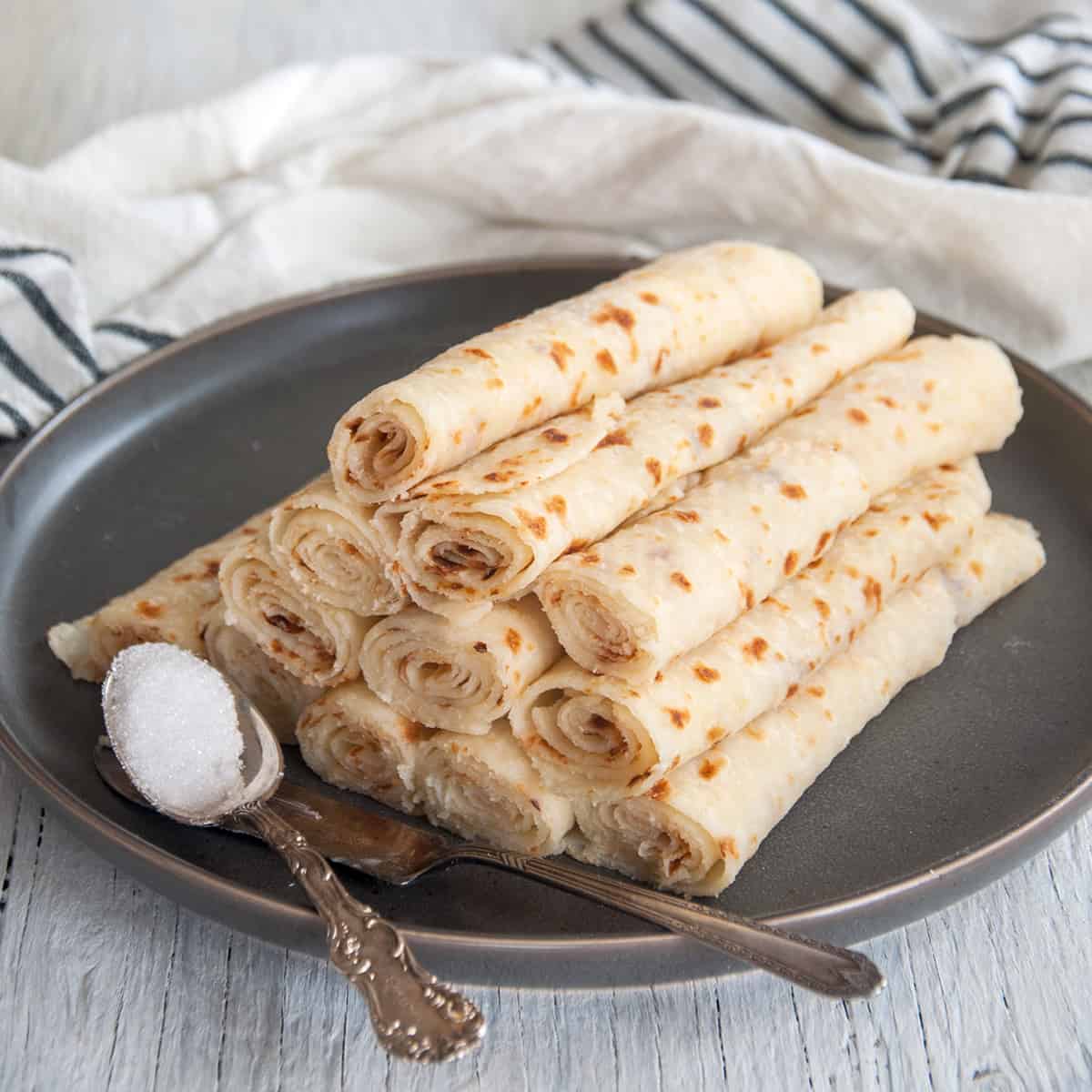
Smart Swaps
- Use russet potatoes for best results, but Yukon Gold can work in a pinch (they have slightly less starch)
- Replace heavy cream with whole milk (use the same amount) for a slightly lighter version
- Try gluten-free flour blend (1:1 ratio) if you need a gluten-free option, though the texture will be slightly different
Make It Diabetes-Friendly
- Reduce sugar to 1 teaspoon (saves 11g carbs total) and use a sugar substitute like monk fruit sweetener for the remaining sweetness
- Replace half the all-purpose flour with almond flour (use 1¼ cups of each) to lower the carb count by approximately 4g per lefse
- Make smaller lefse (about 5-6 inches in diameter) to reduce portion size without sacrificing the experience
- Pair with protein-rich fillings like turkey or salmon to reduce glycemic impact
Pro Tips
- Ricing potatoes while they’re hot produces the fluffiest texture
- Chill your potato mixture overnight for even easier handling
- Keep your work surface and rolling pin well-floured to prevent sticking
- Use a lefse stick (a long, thin wooden tool) for easier transfer to the griddle
- Store leftovers between layers of parchment paper in the refrigerator for up to 3 days, or freeze for up to 3 months